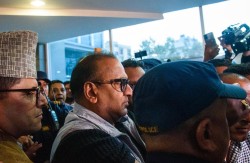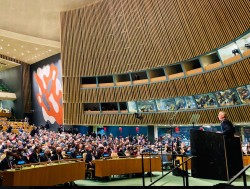Current Affairs
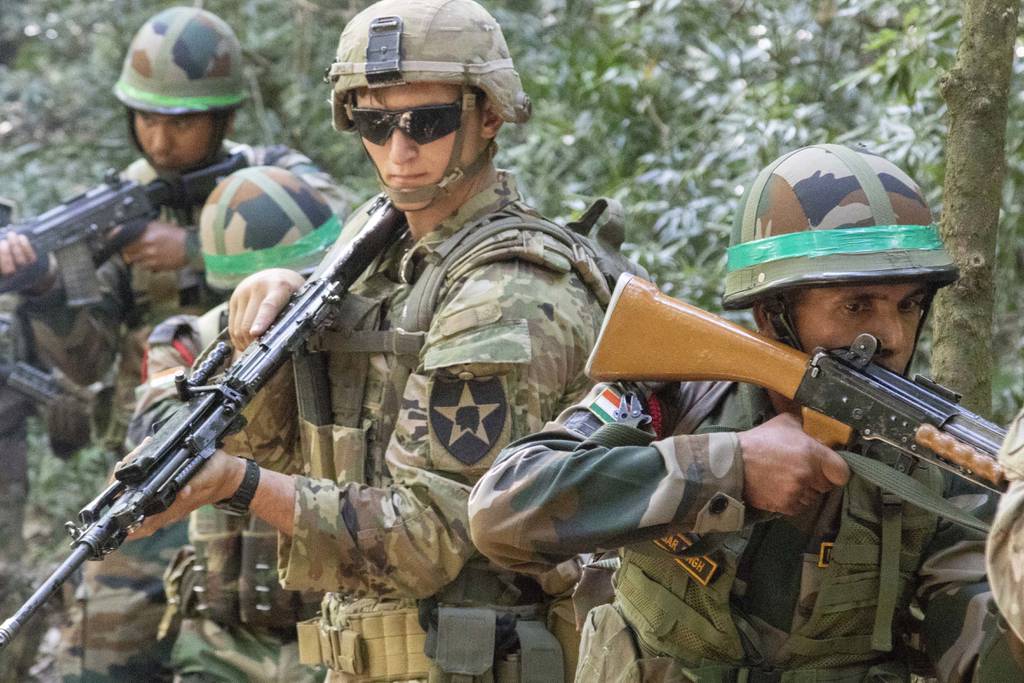
Has China started expressing its concern over the United States taking part in joint military exercises close to its Himalayan borders?
All indications are that it has. It follows reports that India and the US are planning to hold a joint military exercise - called Yudh Abhyas - at Auli (3,004 metres) in Uttarakhand, located less than 100 kilometres away from the Line of Actual Control (LAC) on the India-China border.
That military exercise will come hot on the heels of another Indo-US joint military exercise - dubbed Vajra Prahar – which started in Himachal Pradesh on August 8. The exercises are aimed at “strengthening the military interoperability between India and the US”.
That coincides with a similar exercise in Nepal, where 80 US Army personnel are teaming up with 16 Nepali Army personnel for a Nepal-US joint military exercise called Ex-Balance Nail 22-5530. The month-long exercise started on Tuesday, August 16, and it will see members of the two armies share their knowledge on “law of armed conflict and military decision-making process”.
Such military exercises are not new in India or Nepal. More on that a little later. Yet concerns seem to be growing in China, particularly over the Indo-US- joint military exercises happening close to its Himalayan borders.
'Deliberate'
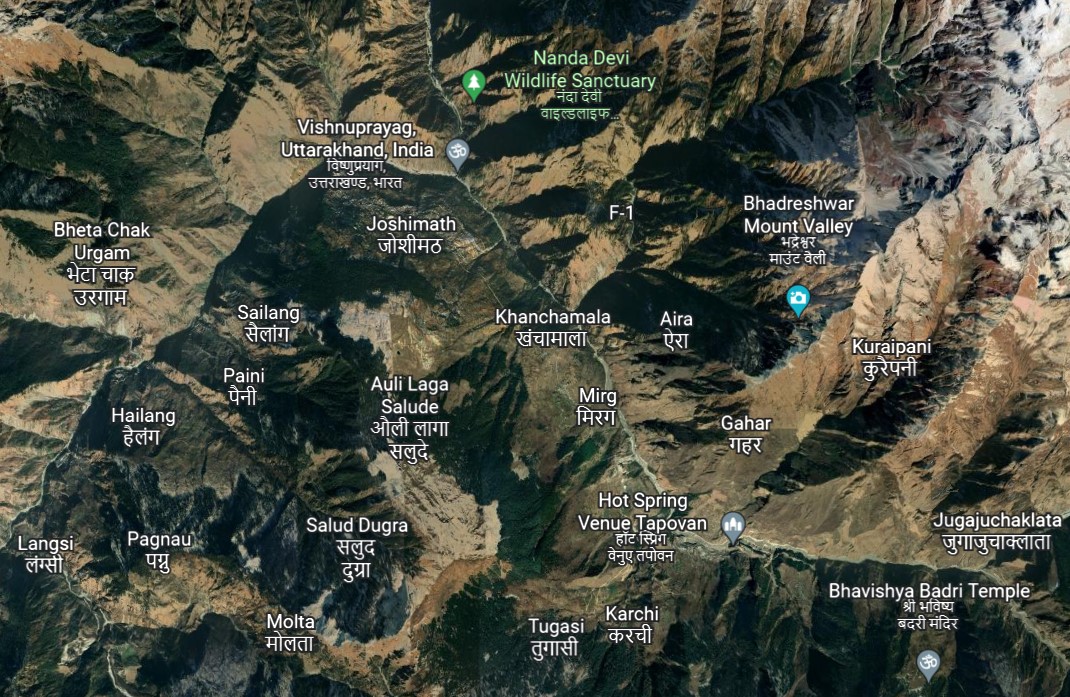
A Chinese expert perceives it as “deliberate”.
Writing in China’s state-owned Global Times newspaper, Lin Minwang, a professor with the Institute of International Studies at Fudan University, argues that India and US “chose areas close to the China-India border, directly targeting China at the tactical level”. He goes on to declare that “New Delhi is no longer shy about its intention to use the US to suppress China”.
Indian Army maintains such exercises are routine. Yet the Auli military exercise will assume significance for two reasons: a) it is going to happen close to the disputed LAC border between India and China; and b) it is happening against the backdrop of the June 2020 Galwan clash that left at least 20 Indian and several Chinese soldiers dead.
Further, India has recently protested against Chinese moves to build a bridge across Pangong Tso Lake located at the LAC border in the same area.
The Chinese Foreign Ministry hasn’t yet reacted to the Indo-US joint military drills. But citing the 2017 Doklam standoff between Indian and Chinese troops along the India-Bhutan-China border, Professor Lin Minwang argues that India has turned to Bhutan and Nepal to “strengthen its control and encroachment” of the Himalayan borders.
Bringing Kalapani region at the Nepal-India-China border along the northern Mahakali (Sarada) river basin into the picture, he writes, “India has also tried to occupy and seize as much as possible [in Kalapani area], arousing strong opposition from the Nepali side.”
Kalapani
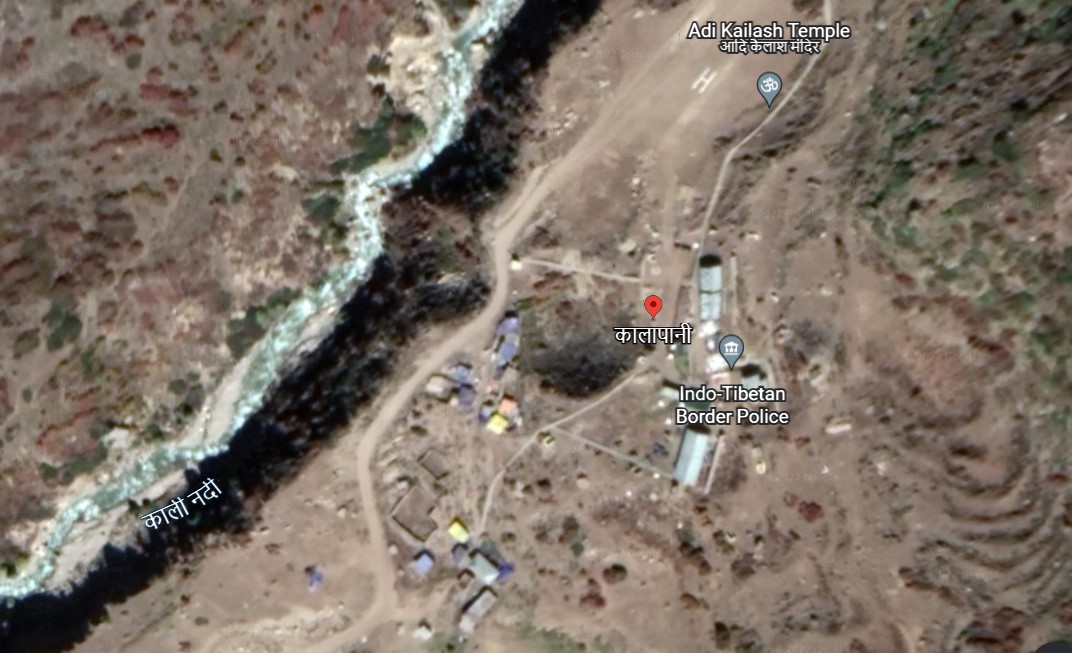
Nepali surveyors say Kalapani-Lipulek and Limpiyadhura area falls within Nepali territory, but are worried that the area currently remains under Indian occupation. Matters came to a head – and relations between the two neighbours soured – after India released a map in 2019 November officially including the Kalapani area within its territory.
A few months later, in May 2020, Indian Defence Minister Rajnath Singh inaugurated a jeep track leading to Lipulek – gateway to the Kailash Mansarovar – passing through what Nepal considers as its own territory. India did so without any consultation whatsoever with the Nepali side.
That left Nepali politicians quite enraged and forced Nepal’s parliamentarians to come together to release a counter map – known as Chuchhe Naksa or Pointed Map – including the 335 square kilometre area within the Nepali territory. The dispute is far from settled despite efforts to resolve it amicably and diplomatically.
In his article, Lin Minwang, the Chinese professor, notes that Indian leaders have not heeded Nepal’s requests, let alone acknowledge Nepal’s counter moves, adding how Indian Prime Minister Modi in December 2021 mentioned that his government had "built the road up to Lipu Lekh and it is being expanded further."
Showing google map screenshots of the Kalapani region, the professor claims that “India has directly strengthened its military presence in the Kalapani region recently, building a large number of military facilities and increasing the deployment of troops”.
He adds: “India wants to kill two birds with one stone by doing so. On the one hand, India aims at forcing Nepal to accept the reality of this area being occupied by India through actual military control. On the other hand, its strengthening of the military deployment is also a deterrent against China on the other side of the border.”
Nepali officials, including Prime Minister Sher Bahadur Deuba, have repeatedly stated that “Kalapani falls within the Nepali territory” and that diplomatic efforts are on to resolve the issue with India.
Chinese point of view
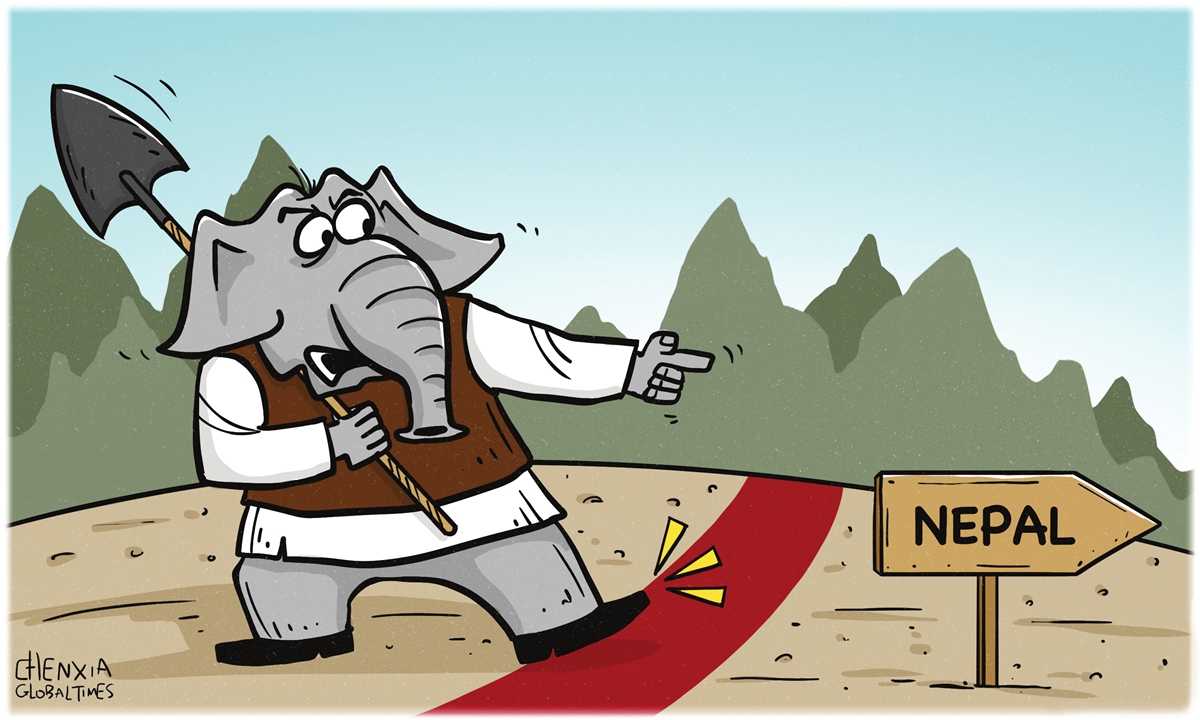
Yet Lin Minwang offers a different point of view: “Nepali media are still silent on India's move of strengthening its military presence in the disputed area, which is partly due to the Deuba government's pro-India diplomacy, still fantasizing about avoiding confrontation. However, China has reasons to be highly wary of India's move.”
Recalling 1962 Indo-China war, he states how India sent troops across its Himalayan neighbours, including Sikkim - which it later annexed - and writes, “India is now able to prevail in the Kalapani dispute with Nepal, which is also because Nepal allowed Indian troops to station there after 1962”.
“In contrast,” he argues, “Bhutan rejected India and has thus safeguarded its independence and sovereignty to this day”.
Military drills
Back to military exercises. The Indo-US or Nepal-US joint military exercises, as records show, are nothing new. The Indo-US drill in Auli next month will be the 18th edition of Yudh Abhyas or War Practise.
The ongoing Nepal-US military exercise - called Ex-Balance Nail - started 19 years ago, with the current one being its 39th edition, according to the Nepali Army. As part of that, members of the two armies will be sharing their skills and knowledge in Nagarkot and Chhauni in Kathmandu valley.
Just like India’s, Nepal’s military ties with the US Army – specifically the US Pacific Command, renamed US Indo-Pacific Command in May 2018 – go back decades. Not just with the US, Nepali has been taking part in military exercises with both India and China.
India is no different, if official records are anything. Not just with the US, it has taken part in military exercises with China too, the latest - which happened in 2019 - being the seventh edition of an exercise called Hand In Hand.
